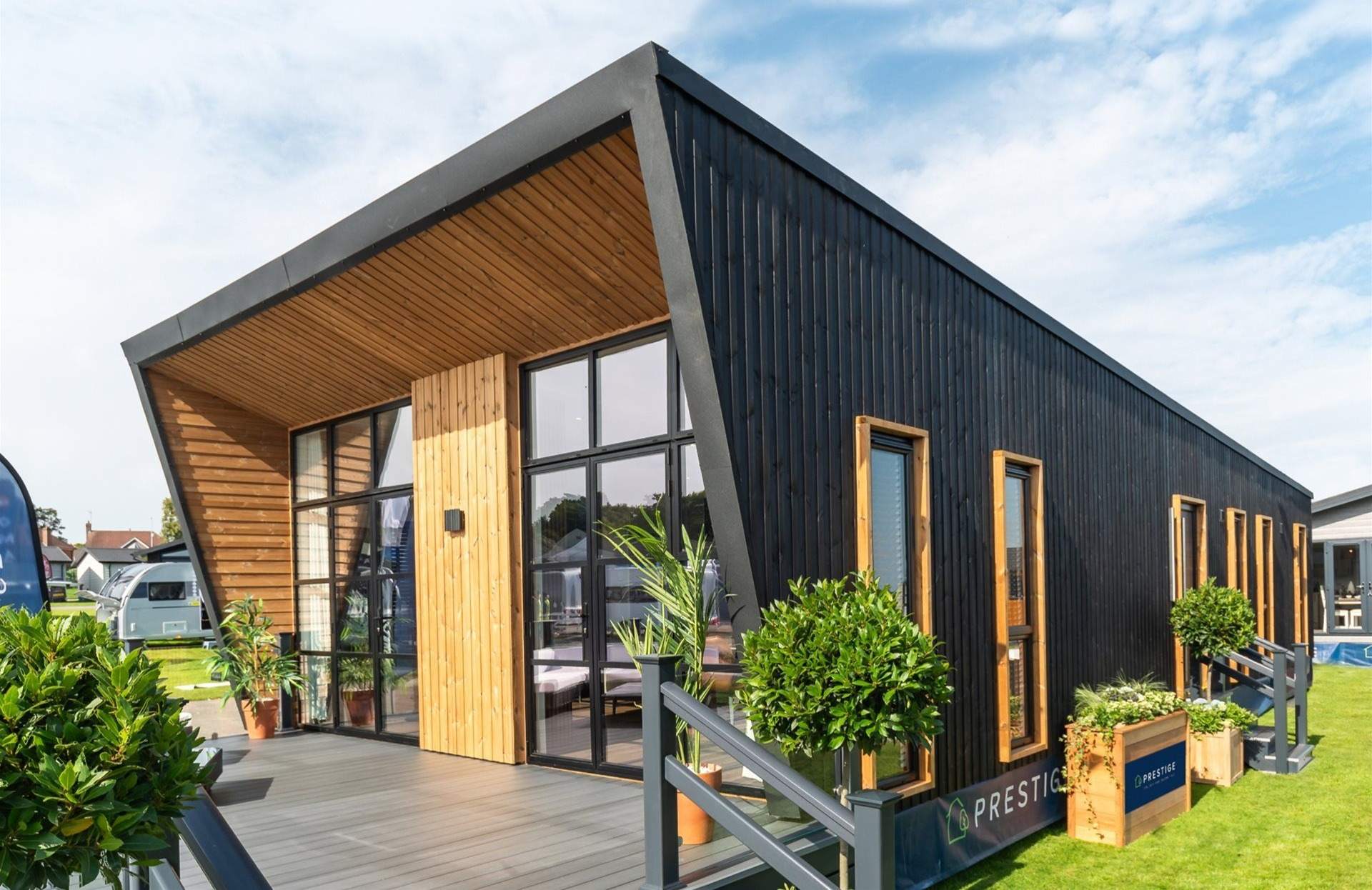
Modular buildings consist of prefabricated sections, known as modules, which are constructed in a factory setting before being transported to their final location. This method of construction is notably faster than traditional building techniques, often reducing the project timeline by up to 50%.
Speed: Once planning approval is granted by NAPC, the construction can be completed in a few short months.
Minimal Disruption: Since the majority of the work is done offsite in a factory, at least 80% of the project is completed away from the site, resulting in significantly less noise, pollution, and disruption for neighbours and the local community.
Flexibility: Modular buildings offer easy expansion, reduction, reconfiguration, or relocation to suit changing needs.
Cost Efficiency: Offsite construction methods help lower manufacturing costs.
Durability: Our modular buildings come with a 10-year guarantee and are designed to last over 60 years.
Sustainability: The use of eco-friendly materials, green technologies, and reduced waste, along with fewer deliveries to the site, makes modular buildings a sustainable choice.
Modular buildings are used across various industries due to their adaptability and robustness. Common applications include:
If you have any further questions about how a modular building can benefit you, NAPC‘s experienced planners, with over 15 years of expertise, are ready to assist.
Contact us today to learn more.